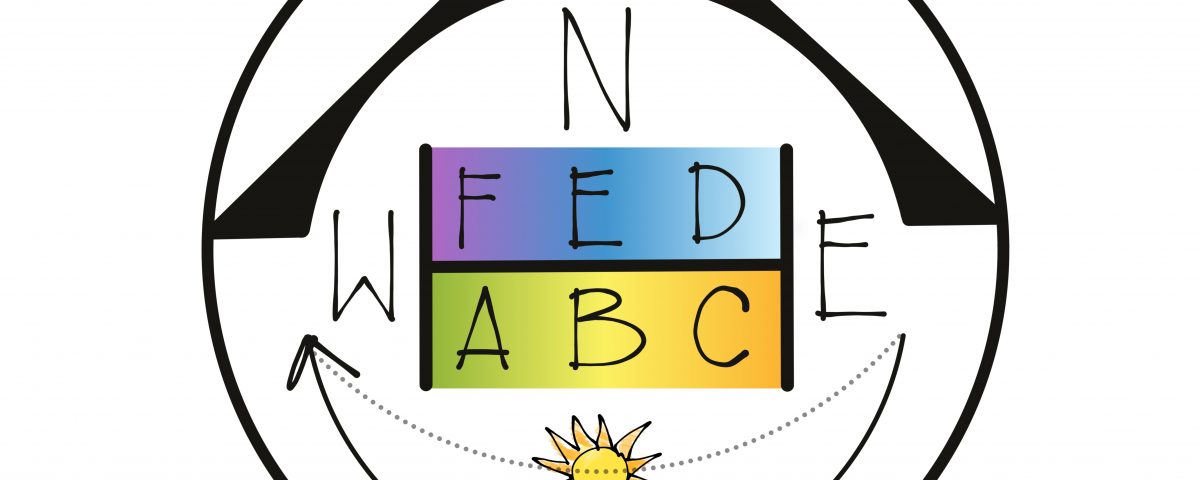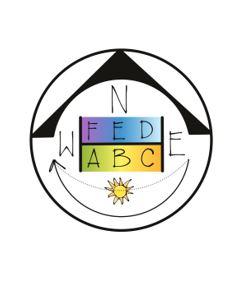7 Ways that Understanding Winter Microclimates Will Increase Your Garden Success

7 Ways that Understanding Winter Microclimates Will Increase Your Garden Success
*By Shaun Mayfield
If you have spent any time gardening then you are probably familiar with the U.S. Department of Agriculture Plant Hardiness Zone Map. You are also likely to be familiar with your first and last frost dates. If not, these are vital bits of information. On the other hand, you may be missing out on another tool to use to your advantage to have an awesome and bountiful winter garden this year. This tool is the process of identifying & utilizing the concept of microclimates.
(1) Microclimates are areas in your yard that have unique beneficial growing conditions different than other areas of your yard based on wind, air temperature, humidity, sun/shade variances, soil moisture, and other conditions. For instance, the north side of a building receiving a lot of shade will be much colder than plants planted next to a driveway or block wall that is acting as a heat sink absorbing heat throughout the sunny day and then slowly releasing it throughout the cold nights. Often times, by managing microclimates, you can shift spaces in the garden up or down two USDA zones.
Understanding Microclimates in Your Yard (2)
Other Microclimate Considerations
(3) Cold traps are usually low-lying areas that have less than ideal circulation that holds cold air and moisture, especially if the soil is slow to drain. Look out for these areas in the fall & spring as they tend to be the first areas to collect frost and last areas for the snow to melt.
(4) Heat sinks work to your advantage. These are akin to sidewalks, driveways, large stones or boulders, & buildings that can absorb the daytime heat from the sun and slowly release it throughout the night keeping that area several degrees warmer than the surrounding area.
(5) Seasonal variations can change as trees with leaves providing shade lose their leaves to provide bright sunny and warmer spaces during the colder months.
Protecting Your Sensitive Plants
(6) Of course the first and foremost way to protect frost-sensitive plants is location, utilizing what we learned above, by planting your plants in their best home from the beginning. When the location can’t be changed or extra protection is required, then there are still a couple of other solutions. Of course, potted trees and plants can be moved to a greenhouse or even indoors to a bright sunny south, east, or west-facing window which is the safest solution. Protecting those trees and plants that are not capable of being moved can still be protected with structures like a hoop house or seasonal/temporary makeshift cold frame box using sheets, plastic, or frost cloth. These can even be used to cover an entire tree if the tree is managed to a smaller footprint. For plants that are very frost sensitive or on extra cold nights, adding a heat source into these hoop houses or cold frames can significantly help.
(7) Another less known solution for those cold nights is to ensure the plants are highly hydrated. Although watering plants when a cold night is in the forecast may seem counter-intuitive, when the leaves uptake the water it better protects them acting as an insulator. Also, the higher humidity after the watering cycle decreases the chance of frost while maintaining heat in the given area. This is true also for areas with water features, ponds, mulch, and deep watering.
To find out what upcoming webinars or live classes are available click here!
* Shaun is an Agriscaping Certified Educator (ACE) in Denton, TX. Find himhere.

